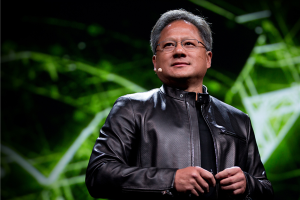September 30, 2024 – According to a report by Nikkei Asia, Samsung Group is intensifying its recruitment efforts among high school graduates as the labor market for highly skilled talent in South Korea tightens. The company is assigning these graduates not only to production lines but also to research and development departments, aiming to elevate its manufacturing capabilities.
At the closing ceremony of the World Skills Competition in Lyon, France, on September 15th, Samsung Electronics Chairman Lee Jae-yong addressed the Korean contestants, stating, “We will fully support you and ensure that you are respected as engineers, even if you haven’t attended university.”
Samsung has steadily increased its hiring of high school graduates in recent years, with approximately 1,600 such graduates employed in its electronics and display divisions as of last year. The conglomerate is also allowing high school graduates to participate in an internal software training course commencing in October, alongside university graduates. Additionally, Samsung plans to select high school students for its scholarship program, with priority employment offered upon completion of internships.

To further enhance the skills of these young employees, Samsung has established internal training facilities equipped with cutting-edge technology across various fields. In the information technology (IT) sector, trainees are provided with computers to develop applications (Apps) and cloud services.
The shortage of engineers in South Korea is particularly acute, especially in the manufacturing sector. Declining birth rates and an aging population have contributed to a dwindling working-age cohort, exacerbating the scarcity of highly skilled personnel.
Interestingly, despite the fact that in 2023, South Korea’s university enrollment rate reached a record high of 76.2%, an increase of 8.6 percentage points from a decade ago, and approximately 70% of Koreans aged 20 to 30 now hold a university degree (the highest proportion among OECD countries), the number of young workers in manufacturing plants has decreased as more youth pursue higher education.
To address the labor shortage, the South Korean government established “Meister” high schools in 2010. These schools, converted from traditional vocational institutions, provide practical training to cultivate new engineers based on evolving industry needs. Currently, there are 54 Meister high schools in South Korea, producing about 6,000 graduates annually, accounting for just over 1% of the 430,000 high school graduates each year.
Meister high schools have forged agreements with major companies to connect students with employment opportunities. These schools boast a 74% employment rate, surpassing the average of 56% for all high school graduates. The government aims to increase the number of Meister schools to 65 by 2027. The principal of a Meister high school notes that creating pathways for high school graduates into large companies “will bring equal opportunities and help address inequality issues.”












